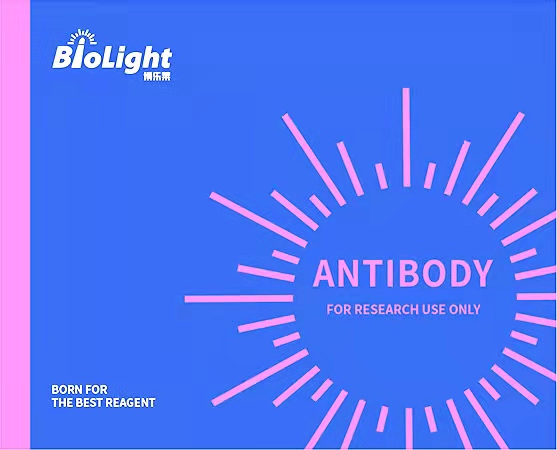
Anti-FASLG Antibody, Rabbit Polyclonal
产品编号:PA00515HuA10
$ 询价
规格 50uL 100uL 200uL
产品名称:Anti-FASLG Antibody, Rabbit Polyclonal
经验证的应用:/
交叉反应:/
特异性:human FASLG
免疫原:Recombinant human FASLG protein, fragment Gln130~Leu281; UniprotKB: P48023
制备方法:Produced in rabbits immunized with human FASLG, and purified by antigen affinity chromatography.
来源:Polyclonal Rabbit IgG
纯化:Immunogen affinity purified
缓冲液:Supplied in PBS, 50% glycerol and less than 0.02% sodium azide, PH7.4
偶联物:Unconjugated
状态:Liquid
运输方式:This antibody is shipped as liquid solution at ambient temperature. Upon receipt, store it immediately at the temperature recommended.
储存条件:This antibody can be stored at 2℃-8℃ for one month without detectable loss of activity. Antibody products are stable for twelve months from date of receipt when stored at -20℃ to -80℃. Preservative-Free. Avoid repeated freeze-thaw cycles.
别称:CD178, CD95L, CD95-L, FASLG, FASLG, APT1LG1, APT1-LG1, TNFSF6, Fas Antigen Ligand, TNF Superfamily Member 6, Tumor Necrosis Factor(ligand)Superfamily,Member 6
背景信息:Fas Ligand/TNFSF6. Fas ligand (FasL) is a 40 kDa type II membrane protein belonging to the TNF family. In the new TNF super family nomenclature, FasL is referred to as TNFSF6. The specific receptor for FasL is Fas (CD95, Apo-1), a 45 kDa type I transmembrane protein that is a member of the TNF receptor family. FasL is predominantly expressed on activated T cells and NK cells, while Fas is expressed on various types of cells. The Fas/FasL system plays a crucial role in modulating immune response by inducing cell apoptosis to maintain homeostasis, self-tolerance of lymphocytes, and immune privilege. FasL was reported to be a potent chemoattractant for neutrophils, suggesting a novel proinflammatory function of this molecule. Like other members of the TNF family, the membrane-bound FasL can be cleaved by metalloproteinase to generate the soluble Fas ligand (sFasL) which is mainly a non-covalently linked homotrimer. It has been shown that the membrane-bound TNF‑ alpha and FasL are primary activators of their receptors. In contrast to soluble TNF‑ alpha which has potent cytotoxicity, sFasL is much less cytotoxic. Studies have shown that sFasL may competitively inhibit the killing effect of membrane FasL indicating that the cleaving of membrane FasL might be a mechanism to down‑regulate their activities.
全称:Tumor necrosis factor ligand superfamily member 6 (FASLG)
说明书:待上传

